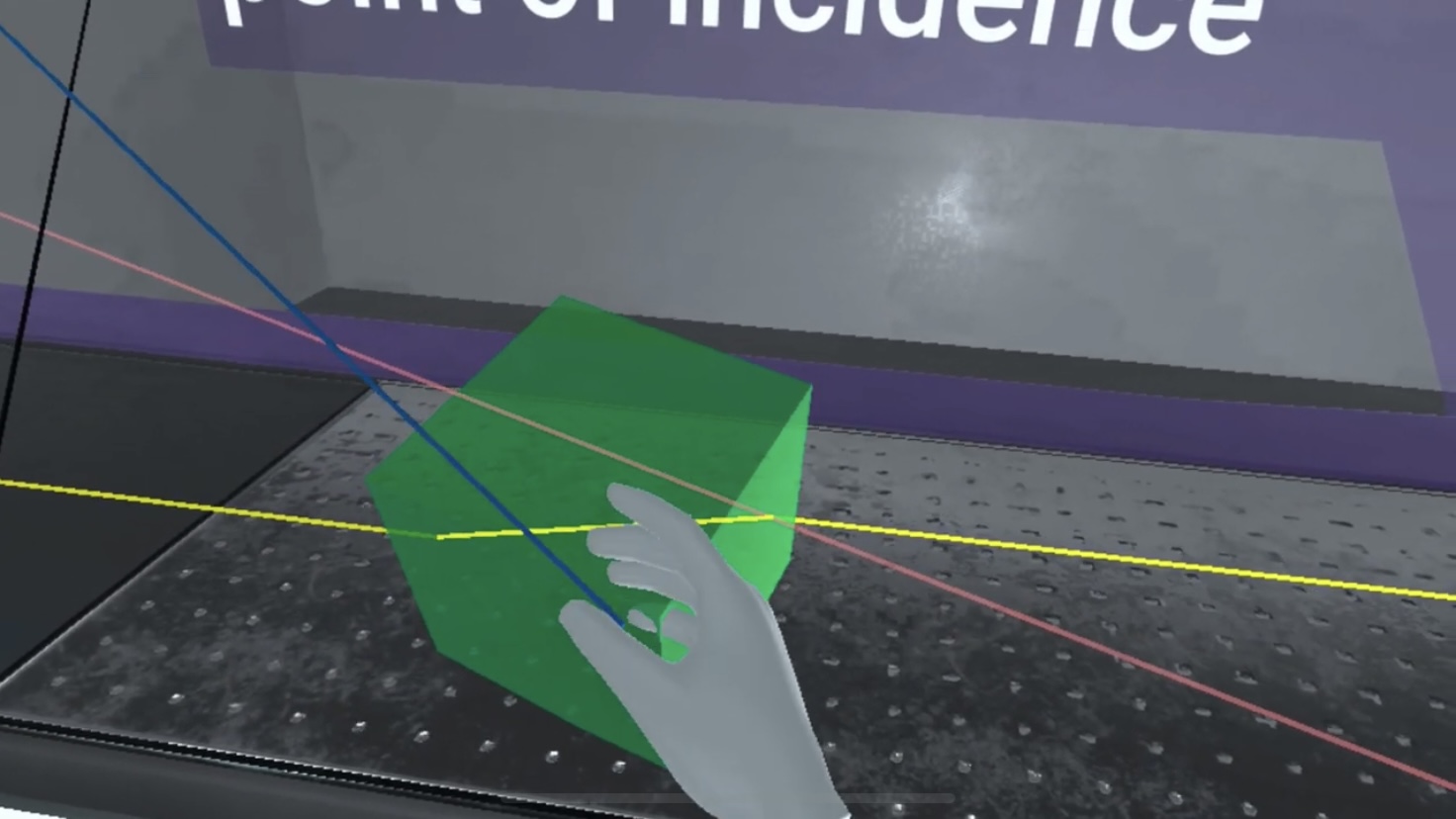


General Simulation Description
Discover how lenses bend light to form images — explore the behavior of concave and convex lenses, understand focal points, and see real-time visual effects through interactive VR experiments.
LENSES
Optical system, consisting of one or more lenses, allows for crystal clear imaging of light sources on the screen. By measuring the system's linear dimensions, you can easily calculate focal lengths and other lens parameters. VR physics simulation lenses are perfect for educators looking to engage students with interactive and immersive lessons. With lenses, students can explore complex physics concepts in a hands-on way that makes learning fun and engaging. Start your journey into VR physics today!
Our catalog